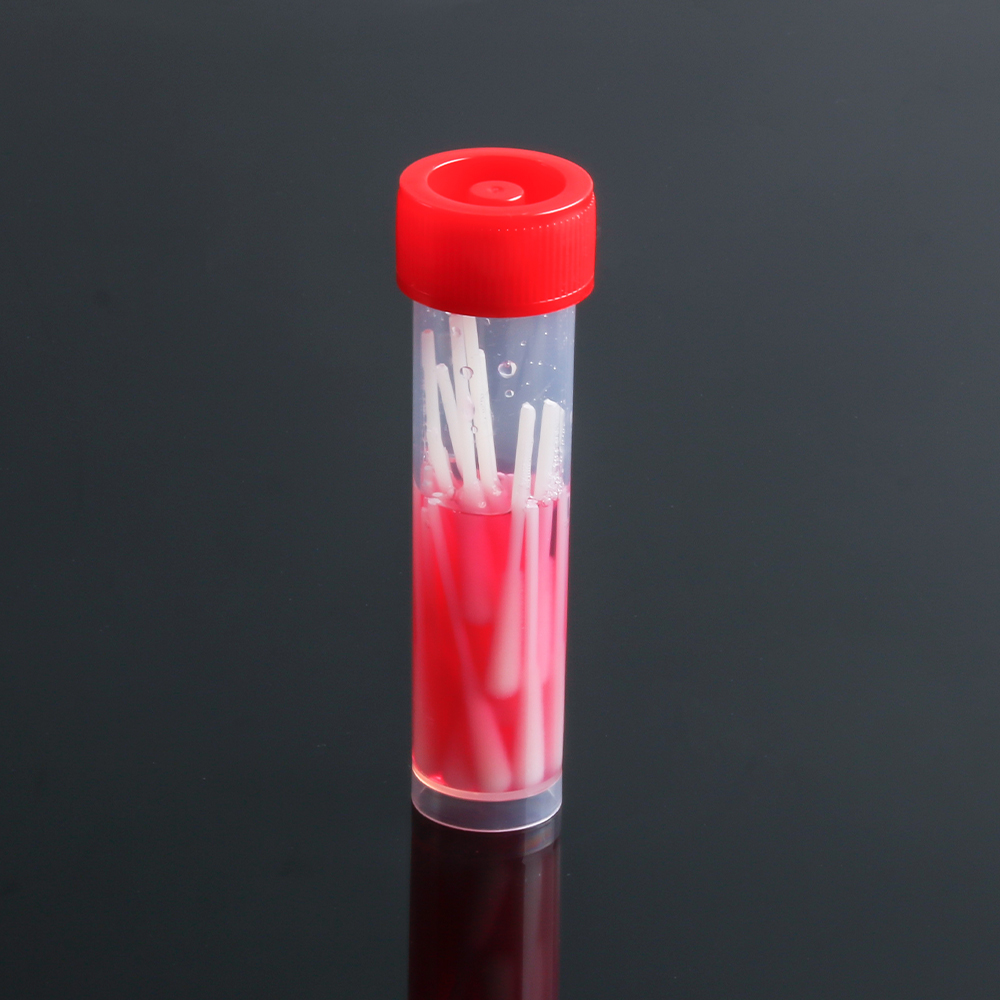Now it is already September 2022, this year we all know is an unsettling year, because the epidemic outbreak, to our life and work brought a lot of inconvenience, well now the epidemic in China has been controlled, that before the epidemic with the most pharyngeal swab is still needed?
First of all, let's talk about what the role of pharyngeal swabs really is. A pharyngeal swab is an important test used to examine the pharynx for diphtheria, acute suppurative tonsillitis, acute laryngitis, and other pharyngeal diseases. The specific operation is to press the patient's tongue with a tongue depressor and use a clean swab to take a bit of throat secretion and put it under the microscope for examination. This can also be used for drug sensitivity tests to detect harmful bacteria that have colonized the throat, which can provide clinical help in the next step of diagnosis and medication guidance. There is a certain amount of discomfort associated with pharyngeal swabs, and some patients will experience mild pharyngeal reflexes during the swabs, but they can tolerate them, so pharyngeal swabs are very necessary. And what pharyngeal swabs do during an epidemic is just to take secretions to check if they carry the new coronavirus.
And now it is autumn and winter season, the climate is still relatively dry, there are more children in this season inside easily appear throat inflammation, swallowing food throat pain, due to throat inflammation or bronchitis caused by the loss of voice, nasopharyngitis and a series of symptoms of pharyngitis, causing pharyngitis pathogenic microorganisms, mainly viruses and occasionally bacteria. The pharyngeal swab test can quickly detect whether the pathogen causing the infection is a bacteria or a virus, so how does this test work? Let's look at the following together.
The use of pharyngeal swabs.
1, the collector with the aid of tongue depressor, the collectee open mouth "ah" sound, palatal lobe up to expose the posterior pharyngeal wall, swab over the root of the tongue to reach the narrow lesion of the pharynx, rapid wipe both sides of the palatal arch and pharynx, tonsil secretions.
2, put the swab into the virus transport medium, assist the tube cover to break the swab rod, so that it is completely placed in the tube.
3 、Tighten the tube cover, mark it well and put it into a plastic bag and seal it well.
4 、Send the specimen in time for examination.
We take bacteria as an example, if the results of the ordinary test is positive, it means that the bacteria were found, directly on the line, but if the test is negative, it means that the bacteria need to be cultured, and bacterial culture takes about 24 hours to 48 hours to have the results, if the bacteria culture results are still negative, it is the infection virus. But this common testing process is lengthy for the patient, whereas a throat swab can quickly determine the pathogen at the patient's first visit and essentially determine the medication regimen before the patient leaves the hospital. This is a convenient, non-invasive and rapid test. However, it is important to note that this rapid test is not 100%, and there is a high risk of false negatives if the quality of the swab is questionable.


